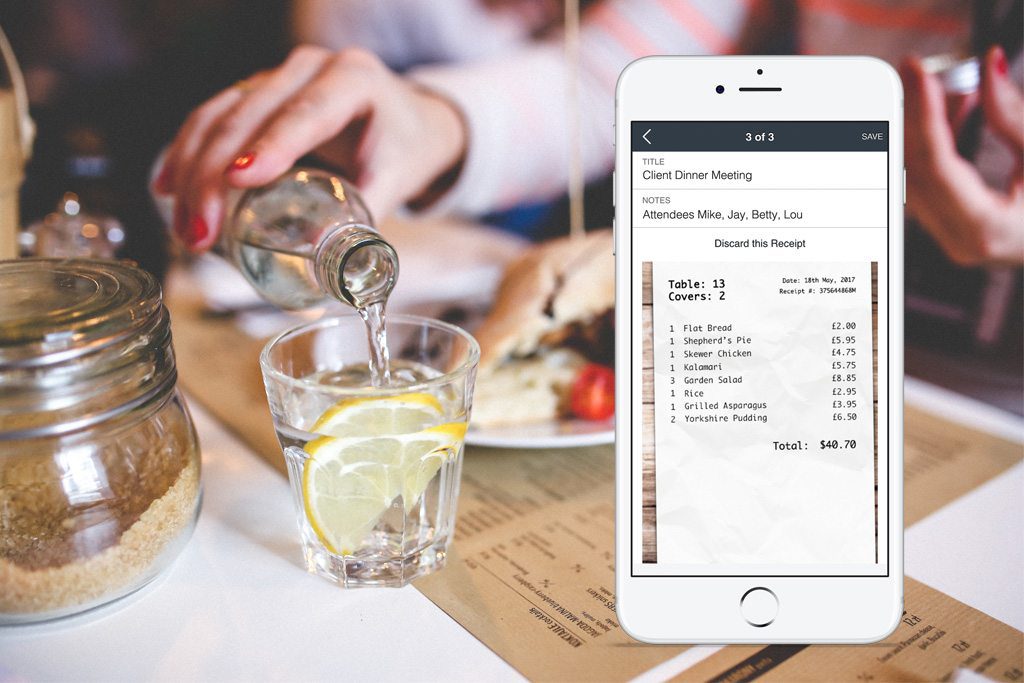Skift Take
Expense management is often one of the most frustrating parts of the business travel journey. However, user-friendly mobile tools and the ability to integrate a customized solution can make the process a lot smoother.
This sponsored content was created in collaboration with a Skift partner.
Managing expenses is often one part of business travel that travelers dread having to deal with. For the employee, tracking receipts, making sure purchases are aligned with travel policies, and filing reports can be a manually intensive, time consuming process. For travel managers, dealing with disorganized reporting can make the experience just as aggravating.
When the Global Business Travel Association (GBTA) asked travelers to name the most frustrating part of the travel process, expense reporting came in as the third-most common annoyance, after lack of reliable Wi-Fi and traveling from one place to another.
Beyond the impact on traveler satisfaction, unwieldy expense reporting also has a major effect on productivity and the bottom line. According to a survey of business professionals in the U.S. and UK conducted KDS, while 45 percent of respondents utilize an automated expense management tool to submit their expense reports, almost as many—41 percent—still submit their expenses manually via spreadsheet. Of those respondents who do submit their expenses manually, nearly half say that this process accounts for between 30 minutes to one hour to complete—and most of them are submitting during working hours.
Much of the frustration with expense management comes down to the fact that traditionally, travel and expense management platforms have offered a one-size-fits-all solution to book travel and process expenses. However, with so many different companies having so many different needs, a singular approach to travel and expense management is often no longer necessary or as efficient as a more customized solution might be.
The ability to track and manage expenses via mobile has helped improve the process. But while mobile expense management has become much more common and user-friendly in recent years, it’s still not as popular as it should be, given how ubiquitous smartphone usage is among today’s workforce. In a survey from ACTE Global and American Express Global Business Travel, less than half of travel managers said they’ve introduced travel and expense apps to their travelers. Even still, those that have introduced preferred platforms are often disappointed by the user experiences, lack of flexibility and out-of-date technologies they offer.
As most corporate travel managers know, expense management impacts all touchpoints of the traveler journey. The more streamlined the expense process for travelers, the easier it is to encourage traveler compliance, reduce costs, mitigate safety risks, gain deeper insight into traveler spending, and improve the overall trip experience for their travelers.
Fortunately, if mobile tools that offer rich user experiences and allow for automation, flexibility and customization are in place and if companies and their travelers have the freedom to choose an expense platform that matches their individual needs, dealing with the expense portion of a business trip can be a seamless, pain-free process.
The Sabre Traveler Experience Solution provides a seamless mobile experience from pre-trip to expense reporting. The solution integrates multiple products into one mobile experience to drive savings, compliance, safety, and traveler satisfaction, and integrates booking, itinerary and messaging, virtual payments, expense reporting, and travel risk management. Sabre believes better business starts with better business travel.
This content was created collaboratively by Sabre and Skift’s branded content studio, SkiftX.
Have a confidential tip for Skift? Get in touch
Tags: business travel, corporate travel, expense management, mobile, sabre, technology

